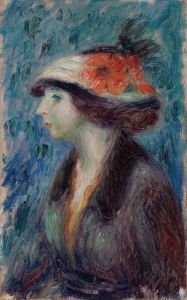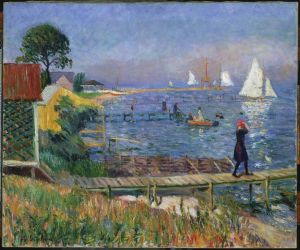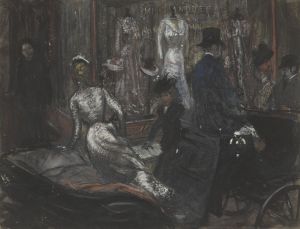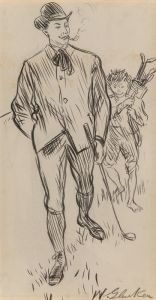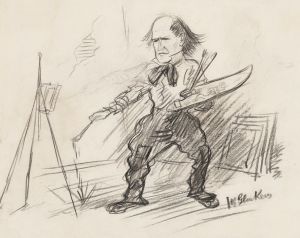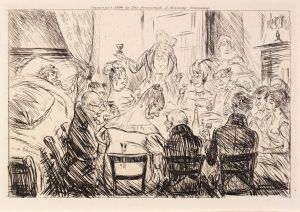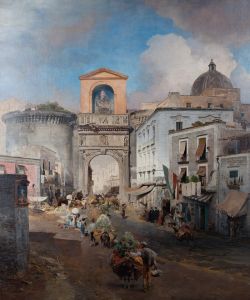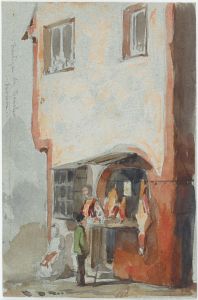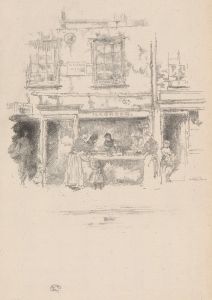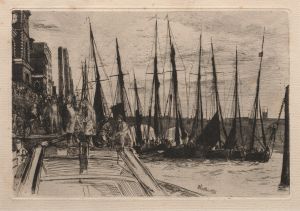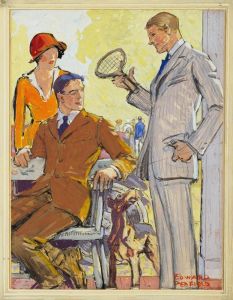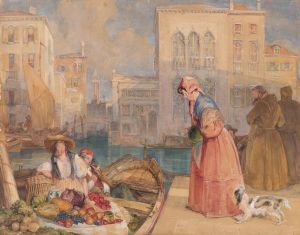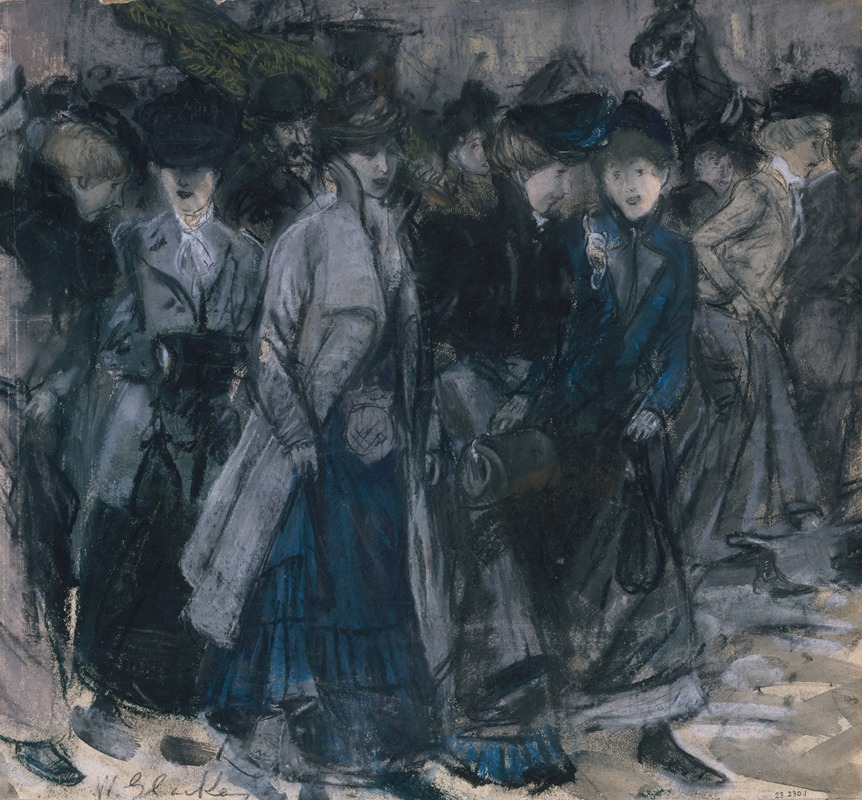
Shop Girls
A hand-painted replica of William James Glackens’s masterpiece Shop Girls, meticulously crafted by professional artists to capture the true essence of the original. Each piece is created with museum-quality canvas and rare mineral pigments, carefully painted by experienced artists with delicate brushstrokes and rich, layered colors to perfectly recreate the texture of the original artwork. Unlike machine-printed reproductions, this hand-painted version brings the painting to life, infused with the artist’s emotions and skill in every stroke. Whether for personal collection or home decoration, it instantly elevates the artistic atmosphere of any space.
William James Glackens' painting Shop Girls is a notable work by the American artist, who was a prominent member of the Ashcan School, an artistic movement in the early 20th century that focused on depicting scenes of everyday urban life. Created in 1900, Shop Girls exemplifies Glackens' interest in capturing the vibrancy and social dynamics of modern city life, particularly in New York City, where he spent much of his career.
The painting portrays two young women walking together, presumably on a shopping excursion or returning from work. They are dressed in fashionable attire of the period, reflecting the growing consumer culture and the increasing visibility of women in public spaces during the early 20th century. The figures are depicted in a bustling urban setting, with a lively street scene in the background. Glackens' use of loose brushwork and a muted yet dynamic color palette conveys the energy and movement of the city, while also emphasizing the individuality and modernity of the women.
Shop Girls is often interpreted as a reflection of the social changes occurring in the United States during this era, particularly the rise of the middle class and the shifting roles of women in society. The painting captures a moment when women were beginning to assert greater independence, both economically and socially, as they entered the workforce in larger numbers and participated more actively in public life. The title itself, Shop Girls, suggests a connection to the growing presence of women in retail and other service industries, which were becoming significant sectors of employment at the time.
Glackens' work is frequently compared to that of French Impressionists, particularly Pierre-Auguste Renoir, due to his interest in light, color, and scenes of leisure. However, his focus on urban realism and the grittier aspects of city life aligns him more closely with his contemporaries in the Ashcan School, such as Robert Henri, John Sloan, and George Luks. Together, these artists sought to challenge the idealized and romanticized depictions of American life that were prevalent in academic art of the period.
Today, Shop Girls is recognized as an important example of Glackens' ability to blend realism with a sense of modernity and vitality. The painting is part of the collection of the Wadsworth Atheneum Museum of Art in Hartford, Connecticut, where it continues to be appreciated for its historical and artistic significance.





